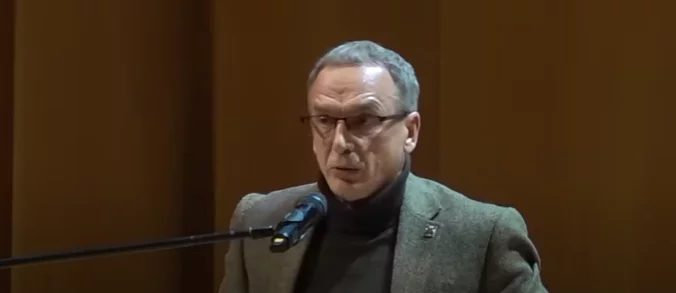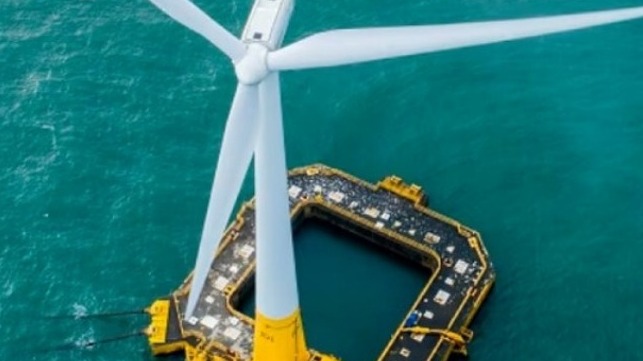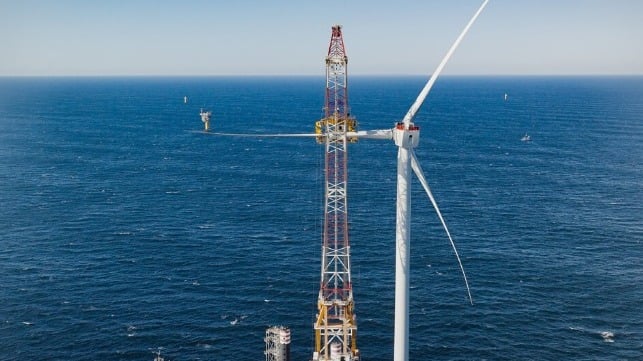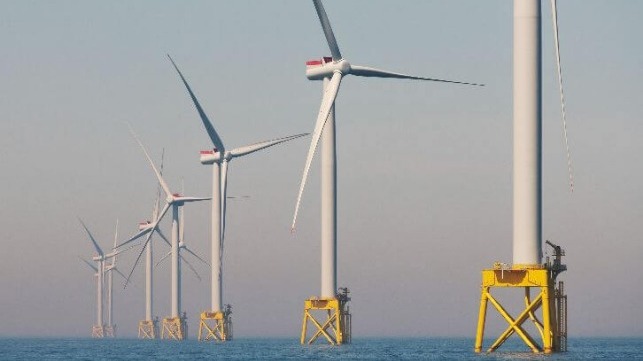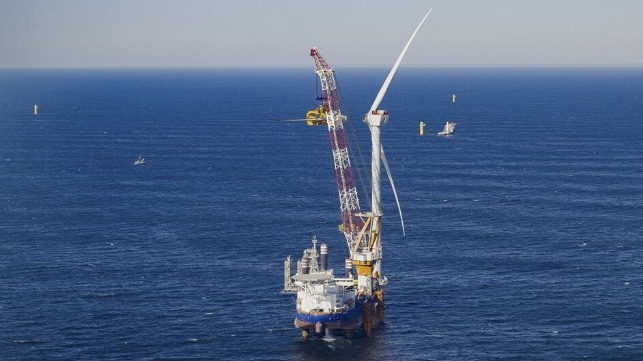NEW YORK CITY
Tip Tricks Dampen Delivery Worker Celebration of New $18-an-Hour Wage
Yves here. DoorDash, UberEast, and GrubHub have acted in a deplorable yet predictable manner by changing its app so as to deny deliveristas the benefit of a New-York-City mandated wage increase.
DoorDash and UberEats have taken the most extreme retaliatory move via changes to tipping on its app. Readers have heard a plenty about how Uber squeezes its drivers. DoorDash is a particularly vile company and you should NOT use them, not only for the benefit of workers and restaurants, but also to protect yourself from being scammed. From Eater Chicago, Chicago Sues Grubhub and DoorDash for Allegedly Scamming Basically Everyone: Restaurants, Drivers, and Customers:
The city of Chicago has filed separate lawsuits against Grubhub and DoorDash alleging the third-party delivery companies “engaged in deceptive practices to prey on its affiliated restaurants.” The lawsuits, filed today, August 27, in Cook County circuit court, contain a multitude of allegations, including that the companies use bait-and-switch tactics to fool customers into thinking they’ll be paying lower fees compared to what they’re ultimately charged.
The DoorDash lawsuit also alleges that the company “used consumer tips to pay itself rather than its drivers.” There’s also the question of the Chicago Fee, the charge DoorDash added to compensate for the city’s pandemic-era fee cap. The city says DoorDash tried to make it seem like the Chicago Fee was being administered by the city, and even included a customer’s tweet from January in the lawsuit: “one thing about Chicago, they gon tax your ass LMAO.”
A DoorDash spokesperson says drivers get 100 percent of tips but had no comment on the Chicago Fee. Tipping was also the subject of a $2.5 million settlement after the Washington, D.C. attorney general investigated DoorDash in November 2020. At one point, DoorDash was using tips to subsidized wages for drivers, meaning employees wouldn’t earn more than their locked-in wages. DoorDash has since ended this practice.
Attorneys for the city listed many issues relevant to restaurant owners in the lawsuits, including adding restaurants to the platform without the owner’s knowledge or consent, using telephone routing numbers to charge commission on phone calls that didn’t result in orders, and even creating fake restaurant websites to redirect customers to the delivery platform.
Now to the latest DoorDash grifting.
By Claudia Irizarry Aponte. Published at THE CITY on December 6, 2023

Food delivery workers in New York City are now earning a mandated minimum $17.96 an hour before tips, following months of unsuccessful legal challenges by delivery platforms DoorDash, Uber and Grubhub.
But a sudden coinciding move by the affected apps to change how customers can tip is taking money back out of their pockets, the workers say — and the city’s labor enforcement agency says it’s reviewing the situation.
The new wage, which went into effect on Monday and will increase $19.96 an hour by 2025, accounts for workers’ costs of operating, including vehicle and insurance costs.
Because the apps classify delivery workers as independent contractors and not employees, they are not currently entitled to a standard minimum wage. The city’s tens of thousands of delivery workers previously earned an estimated $11 hourly on average.
For the workers organizing under the banner of Los Deliveristas Unidos, a group of mostly Indigenous Latino and immigrant delivery workers, the change marked a hard-fought achievement in the works since the depths of the pandemic.
“It brings me immense pride and joy,” Sergio Ajche, a delivery worker who founded the WhatsApp group in 2020 that became Los Deliveristas Unidos, said on Wednesday. “Three years ago I could only hope for this moment. This is a tremendous change, and it shows that anything is possible.”
At a celebration held at the NYC Central Labor Council’s midtown Manhattan headquarters, delivery workers, flanked by mayor Eric Adams, touted the historic victory, which makes New York is the first major U.S. city to establish pay minimums in the gig delivery economy.
“This is a historical moment — don’t downplay it,” Adams told the Deliveristas, adding that this was more than a victory in the courts. “You won the case, the fight to say across this entire country: People deserve to be paid the wages they deserve.”
But this week at least two major companies have responded to the new New York City standards by overhauling how their apps process tips.
Doordash now only provides a tipping option after a customer’s order and payment are completed and a delivery person has been assigned. And Uber Eats now only offers a tipping option after the food has been delivered to a customer.
Customers were previously allowed to tip as soon as they placed their orders for delivery — an amount that, by law, must be shown to workers before they accept an order.
Workers say their tips have already plummeted to near nil. The city agency in charge of enforcing the law, the Department of Consumer and Worker Protection (DCWP), is looking into the apps’ new tipping practice, said commissioner Vilda Vera Mayuga.
“We certainly don’t endorse that — people should pay as they wish,” said Mayuga in response to questions from THE CITY.
‘Productivity Gains’
The pay scale is mandated by a 2021 local law, part of a package aimed at boosting delivery workers. Among other measures, it requires restaurants to provide restroom access on demand.
The legislation was inspired by the Deliveristas’ organizing and reporting by THE CITY, which in 2020 first exposed the challenges delivery workers face on the job, from low pay to harassment, assault, injury and death.
When the law went into effect Monday, DoorDash and Uber notified customers and workers via the app that they were overhauling their tipping practices — a move several workers and advocates who spoke with THE CITY charged was retaliatory.
“It’s bittersweet — this is a huge victory for us, but to see the companies take this position, it’s disappointing. Workers are complaining that they’re hustling but not getting tips,” said Toño Solís, a delivery worker and organizer, who said the companies’ move felt like “a form of revenge.”
Added Solís: “The companies have played with us long enough — this proves why we cannot let our guard down.”
DoorDash now tells its customers at checkout that the changes were happening “in response to” the new law in New York City, while Uber says its change is “as a result of” the law.
Asked by THE CITY to clarify their claim, both companies referred to a section in a 2022 DCWP study of the industry designed to set the wage scale, which includes changes to tipping as one scenario companies might pursue to offset any additional costs of higher wages.
“Policies have consequences, and these changes come as a direct result of the extreme earnings standard imposed in New York City,” said DoorDash spokesperson Eli Scheinholtz, who added the move helps the company “balance the impact” of the law on workers, customers and merchants.
Uber spokesperson Josh Gold said the company moved to overhaul its tipping practices to incentivize workers to work harder: “The city’s emphasis on productivity gains to achieve the minimum wage will force couriers to do more deliveries — this is one way to start to do that.”
Grubhub is the only one of the three major platforms that has not overhauled its tipping model, but it reduced the range for suggested tips upon checkout to 0-10% from the 10-25% it had presented to customers as recently as Monday, a change the company made only in New York City.
A spokesperson for the DCWP condemned the changed tipping procedures.
“This is entirely Uber and DoorDash’s own business decision,” the spokesperson, Michael Lanza, told THE CITY. “DCWP supports customers having the option to tip whatever amount they would like, and we do not endorse this nor have we suggested the apps change their tipping policy.”
Ajche said that some customers have begun to share their frustrations about not being able to tip upon checkout on the apps. Some have resorted to tipping in cash or via Venmo and other forms of payment, he said. “To the companies, I would say — this is making you look bad, these games you’re playing.”

